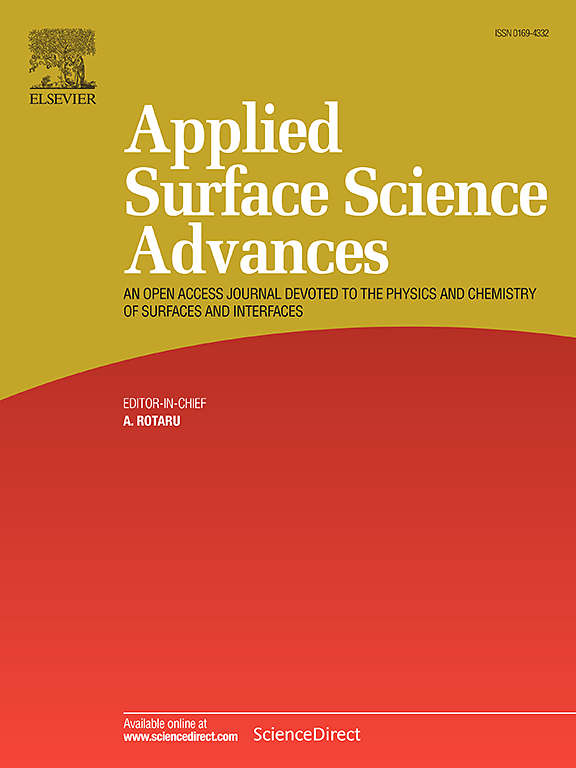Prussian blue nanocubes growth by electrochemical deposition on sulfur-doped graphene as nanozyme: Optimization and application in the field of environmental sensors
IF 8.7
Q1 CHEMISTRY, PHYSICAL
引用次数: 0
Abstract
This study presents the electrochemical deposition of Prussian blue (PB) nanomaterial on top of a sulfur-doped graphene (S-Gr) drop-casted on a screen-printed carbon working electrode (SPCE) for the development of environmental sensing devices with higher sensitivity to phenolic pollutants. The deposition process was optimized by carefully controlling the deposition parameters to achieve PB nanocubes (PBNCs) with an average size of ∼ 50 nm. The resulting nanocomposite material, PBNCs-S-Gr, was evaluated for the electrooxidation of hydroquinone (HQ), a widely studied phenolic compound, to demonstrate its catalytic activity in oxidizing phenolic substrates, effectively mimicking the enzymatic behavior of natural peroxidase. The obtained PBNCs-S-Gr/SPCE presented a calculated limit of detection (LOD) of 0.33 nM and an increased sensitivity of 1.5 µA × M-1, with a wide linear concentration range from 0.001 to 10 µM for HQ detection. Notably, the recovery values obtained for surface water samples fall within the range of 92.1 % to 98.9 %, indicating strong agreement with results derived from the standard method, ultra high-performance liquid chromatography system with diode array detection (UHPLC-DAD).
以硫掺杂石墨烯为纳米酶的电化学沉积法生长普鲁士蓝纳米立方体:优化及其在环境传感器领域的应用
本研究提出了将普鲁士蓝(PB)纳米材料电化学沉积在硫掺杂石墨烯(S-Gr)上,并将其浇铸在丝网印刷碳工作电极(SPCE)上,用于开发对酚类污染物具有更高灵敏度的环境传感器件。通过仔细控制沉积参数,优化了沉积工艺,获得了平均尺寸为~ 50 nm的PB纳米立方(pbnc)。制备的纳米复合材料PBNCs-S-Gr用于电氧化对苯二酚(HQ)(一种广泛研究的酚类化合物),以证明其氧化酚类底物的催化活性,有效地模拟了天然过氧化物酶的酶促行为。所得PBNCs-S-Gr/SPCE的计算检出限(LOD)为0.33 nM,灵敏度提高到1.5µa × M-1,检测HQ的线性浓度范围为0.001 ~ 10µM。值得注意的是,地表水样品的回收率在92.1% ~ 98.9%之间,与标准方法-二极管阵列检测(UHPLC-DAD)的结果非常吻合。
本文章由计算机程序翻译,如有差异,请以英文原文为准。
求助全文
约1分钟内获得全文
求助全文

 求助内容:
求助内容: 应助结果提醒方式:
应助结果提醒方式:


